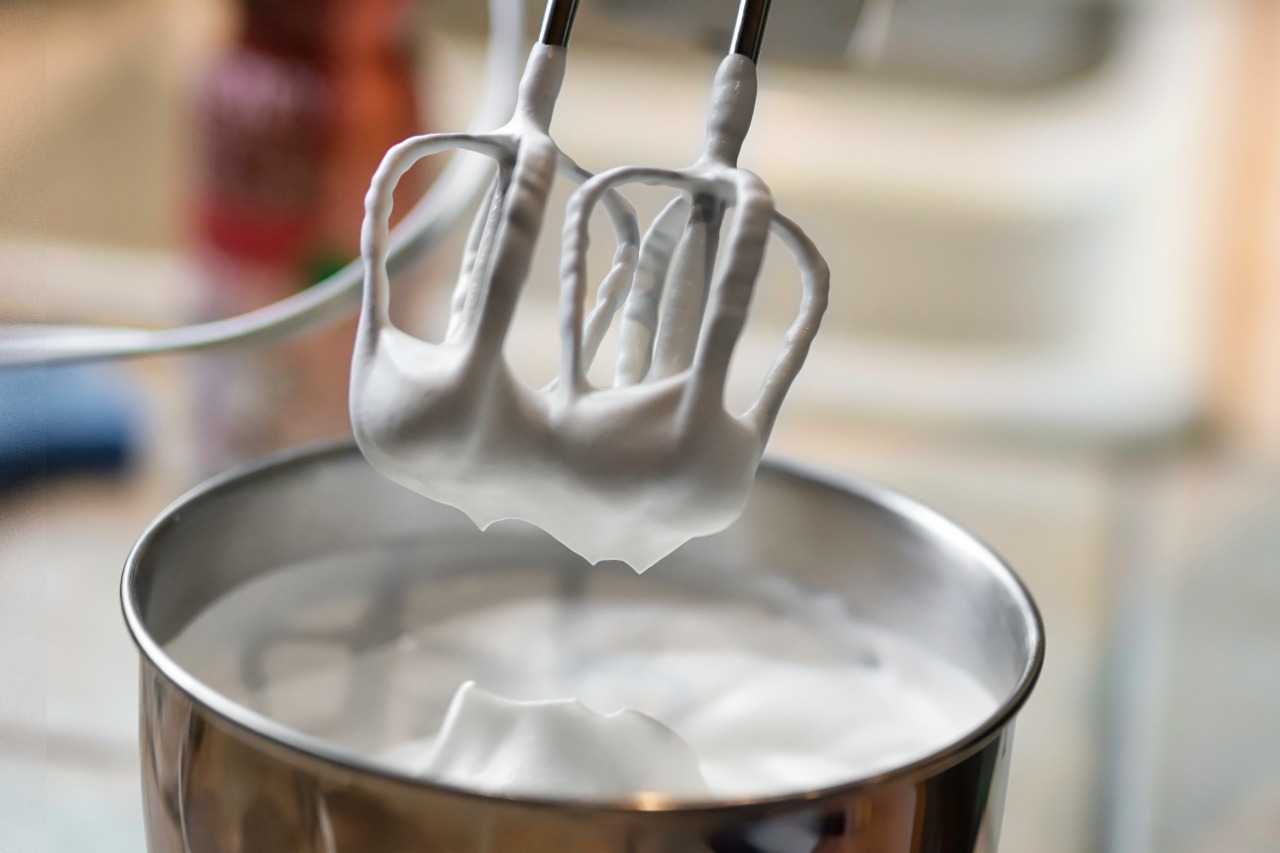

Articles
What Kind Of Bowl To Use With Hand Mixer
Modified: January 19, 2024
Looking for guidance on choosing the right bowl for your hand mixer? Check out our informative articles for expert tips and recommendations.
(Many of the links in this article redirect to a specific reviewed product. Your purchase of these products through affiliate links helps to generate commission for Storables.com, at no extra cost. Learn more)
Introduction
When it comes to using a hand mixer, the type of bowl you use can play a significant role in the overall mixing experience. The right bowl can make your mixing tasks easier and more efficient, while the wrong bowl can lead to frustration and disappointment. But with so many options available, how do you know what kind of bowl to use with your hand mixer?
In this article, we will explore the different factors to consider when choosing a bowl for your hand mixer and discuss the pros and cons of various materials commonly used for mixing bowls. Whether you are an experienced baker or just starting out in the world of cooking and baking, understanding the options available to you will help you make an informed decision and optimize your mixing results.
Key Takeaways:
- Choose a metal bowl for durability and stability, ideal for heavy mixing tasks. Its conductivity and compatibility with most hand mixers make it a reliable choice for efficient and consistent mixing.
- Opt for a glass bowl for transparency, versatility, and heat resistance. Its compatibility with most hand mixers and dishwasher-safe cleaning make it a stylish and functional choice for your mixing needs.
Read more: What Kind Of Steel Is Used In Hand Tools
Factors to Consider when Choosing a Bowl
When selecting a bowl for your hand mixer, there are a few key factors to keep in mind:
- Size: Consider the size of the bowl in relation to the amount of ingredients you typically work with. If you frequently mix large batches, opt for a larger bowl to accommodate the volume. Conversely, if you primarily mix smaller quantities, a smaller bowl may be more suitable.
- Stability: Look for a bowl with a stable base that will not easily tip or wobble during mixing. This will ensure an even and consistent mixing process and prevent spills or accidents.
- Weight: The weight of the bowl can affect your comfort and ease of use. Some people prefer lightweight bowls for easy maneuverability, while others prefer a slightly heavier bowl for added stability. Consider your own preferences and how you will be using the bowl.
- Grip or Handle: A bowl with a comfortable grip or handle can make it easier to hold and control while mixing. Look for bowls with ergonomic designs or handles that are comfortable to hold for long periods.
- Compatibility: Check that the bowl is compatible with your hand mixer. Some mixers come with specific bowl attachments, so ensure that the bowl you choose is compatible with your mixer model to avoid any compatibility issues.
By considering these factors, you can narrow down your options and choose a bowl that best suits your needs and preferences.
Metal Bowls
Metal bowls are a popular choice for hand mixers due to their durability, versatility, and conductivity. Here are some key characteristics of metal bowls to consider:
- Durability: Metal bowls are highly durable and can withstand regular use and heavy mixing. They are resistant to chipping, cracking, and breaking, making them a long-lasting option.
- Conductivity: Metal bowls conduct heat, making them ideal for tasks that require heating or cooling ingredients. They help evenly distribute heat during mixing and can speed up the process if using warm ingredients.
- Stability: Metal bowls are generally stable and won’t easily tip or wobble during mixing. They provide a steady surface for efficient mixing and minimize the risk of spills.
- Compatibility: Metal bowls are compatible with most hand mixers and come in a variety of sizes to suit your needs.
- Cleaning: Metal bowls are relatively easy to clean, as they can usually be washed in the dishwasher. However, check the manufacturer’s instructions to ensure dishwasher safety.
While metal bowls offer numerous advantages, there are a few considerations to keep in mind. Metal bowls can sometimes react with certain acidic ingredients, such as citrus juice or vinegar, resulting in a metallic taste. Additionally, metal bowls can be noisy when using the hand mixer, as the beaters may make contact with the metal surface.
If you choose a metal bowl for your hand mixer, opt for one with a non-slip base or grip to enhance stability during mixing. Overall, metal bowls are a reliable and versatile option that can withstand the demands of daily mixing tasks.
Glass Bowls
Glass bowls are a popular choice for hand mixers due to their transparency, versatility, and aesthetic appeal. Here are some key characteristics of glass bowls to consider:
- Transparency: Glass bowls offer the advantage of being transparent, allowing you to easily monitor the mixing process and observe the consistency of the ingredients.
- Versatility: Glass bowls are suitable for a wide range of mixing tasks, including baking, whipping cream, and beating eggs. They can also be used for serving and storing food.
- Stability: Glass bowls are generally stable and provide a steady surface for mixing. Look for glass bowls with a non-slip base or grip to enhance stability during use.
- Compatibility: Glass bowls are compatible with most hand mixers and come in various sizes to meet your mixing needs.
- Heat Resistance: Glass bowls are heat-resistant and can be used for tasks that involve hot or cold ingredients. They can be placed in the oven or microwave for heating purposes, making them versatile for different recipes.
- Cleaning: Glass bowls are typically dishwasher-safe, making them easy to clean. However, some glass bowls may be too large to fit in the dishwasher, so it’s important to check the size specifications.
While glass bowls offer several advantages, there are a few considerations to keep in mind. Glass bowls may be more fragile compared to other materials, so handle them with care to avoid dropping or cracking. Additionally, glass bowls can be heavier than other options, which may impact comfort during extended mixing sessions.
If you choose a glass bowl for your hand mixer, ensure that it is made of tempered glass, as this offers increased strength and resistance to thermal shock. Overall, glass bowls provide a stylish and functional choice for your hand mixer, adding a touch of elegance to your kitchen.
When using a hand mixer, it’s best to use a deep, wide bowl to prevent splattering and make it easier to mix ingredients thoroughly. A stainless steel or glass bowl is ideal for this purpose.
Ceramic Bowls
Ceramic bowls are a popular choice for hand mixers due to their aesthetic appeal, heat retention, and versatility. Here are some key characteristics of ceramic bowls to consider:
- Aesthetic Appeal: Ceramic bowls are known for their beautiful designs and vibrant colors, adding an aesthetic touch to your kitchen. They can enhance the visual appeal of your mixing process.
- Heat Retention: Ceramic bowls have excellent heat retention properties, making them suitable for recipes that require temperature maintenance. They keep ingredients warm or cool for longer periods, contributing to better mixing results.
- Stability: Ceramic bowls are generally stable and provide a steady surface for efficient mixing. Look for bowls with a non-slip base or grip to ensure maximum stability during use.
- Compatibility: Ceramic bowls are compatible with most hand mixers, but it’s important to ensure that they are specifically designed for mixing purposes.
- Cleaning: Ceramic bowls can be easily cleaned with warm soapy water, reducing the risk of staining. However, some ceramic bowls may have intricate designs or delicate finishes, requiring careful attention during cleaning.
While ceramic bowls offer numerous advantages, there are a few considerations to keep in mind. Ceramic bowls are more delicate compared to metal or glass bowls, so they should be handled with care to avoid chipping or breaking. Additionally, ceramic bowls may have a tendency to retain odors or absorb flavors from strongly scented or flavored ingredients.
If you choose a ceramic bowl for your hand mixer, ensure that it is lead-free and food-safe. Opt for bowls with a smooth interior surface to facilitate easy mixing and cleanup. Overall, ceramic bowls can add a touch of elegance and charm to your mixing experience, making them a stylish choice for your hand mixer.
Read more: What Kind Of Oil Can You Use On Hand Tools
Plastic Bowls
Plastic bowls are a popular and practical choice for hand mixers due to their lightweight, affordability, and versatility. Here are some key characteristics of plastic bowls to consider:
- Lightweight: Plastic bowls are lightweight, making them easy to handle and maneuver during the mixing process. They are a good option for those seeking convenience and ease of use.
- Affordability: Plastic bowls are generally more affordable compared to other materials, offering a cost-effective solution for your mixing needs.
- Stability: Plastic bowls are often designed with non-slip bases or grips to provide stability during mixing. This helps prevent the bowl from moving or tipping over.
- Compatibility: Plastic bowls are compatible with most hand mixers and come in a variety of sizes to accommodate different quantities of ingredients.
- Cleaning: Plastic bowls are typically dishwasher-safe, making cleanup quick and easy. However, some high-temperature settings in dishwashers may cause plastic bowls to warp or lose their shape, so it’s important to check the manufacturer’s instructions.
- Durability: Plastic bowls may not be as durable as other materials, such as metal or glass. They can be prone to scratches and may have a shorter lifespan.
While plastic bowls offer practicality and affordability, there are a few considerations to keep in mind. Plastic bowls may not be suitable for tasks that involve hot ingredients, as they can melt or warp under high temperatures. Additionally, some plastic bowls may absorb colors or stains from certain ingredients, leading to discoloration over time.
When choosing a plastic bowl for your hand mixer, opt for bowls made of food-grade and BPA-free plastic to ensure safety. Consider the thickness and quality of the plastic to determine its durability and longevity. Overall, plastic bowls provide a lightweight and budget-friendly option for your mixing needs.
Conclusion
Choosing the right bowl for your hand mixer can significantly impact your mixing experience and overall results. With various options available, it’s essential to consider your specific needs and preferences when selecting a bowl.
Metal bowls offer durability, conductivity, and stability, making them a reliable choice for heavy mixing tasks. Glass bowls provide transparency, versatility, and heat resistance, allowing for easy monitoring and temperature maintenance. Ceramic bowls add aesthetic appeal, heat retention, and stability to your mixing process. Plastic bowls offer lightweight convenience, affordability, and practicality for everyday mixing.
When deciding on the ideal bowl, factors such as size, stability, weight, grip or handle, compatibility, and cleaning should be considered. Each material has its own advantages and considerations, so assess your requirements and choose accordingly.
Ultimately, the bowl you choose for your hand mixer should enhance your mixing experience and bring out the best in your culinary creations. Whether you opt for a metal bowl, glass bowl, ceramic bowl, or plastic bowl, proper care and maintenance will extend its lifespan and ensure optimal performance.
Experiment with different materials, test out their features, and find the bowl that aligns with your mixing preferences. Remember, the right bowl can make a world of difference in the outcome of your culinary endeavors.
Frequently Asked Questions about What Kind Of Bowl To Use With Hand Mixer
Was this page helpful?
At Storables.com, we guarantee accurate and reliable information. Our content, validated by Expert Board Contributors, is crafted following stringent Editorial Policies. We're committed to providing you with well-researched, expert-backed insights for all your informational needs.
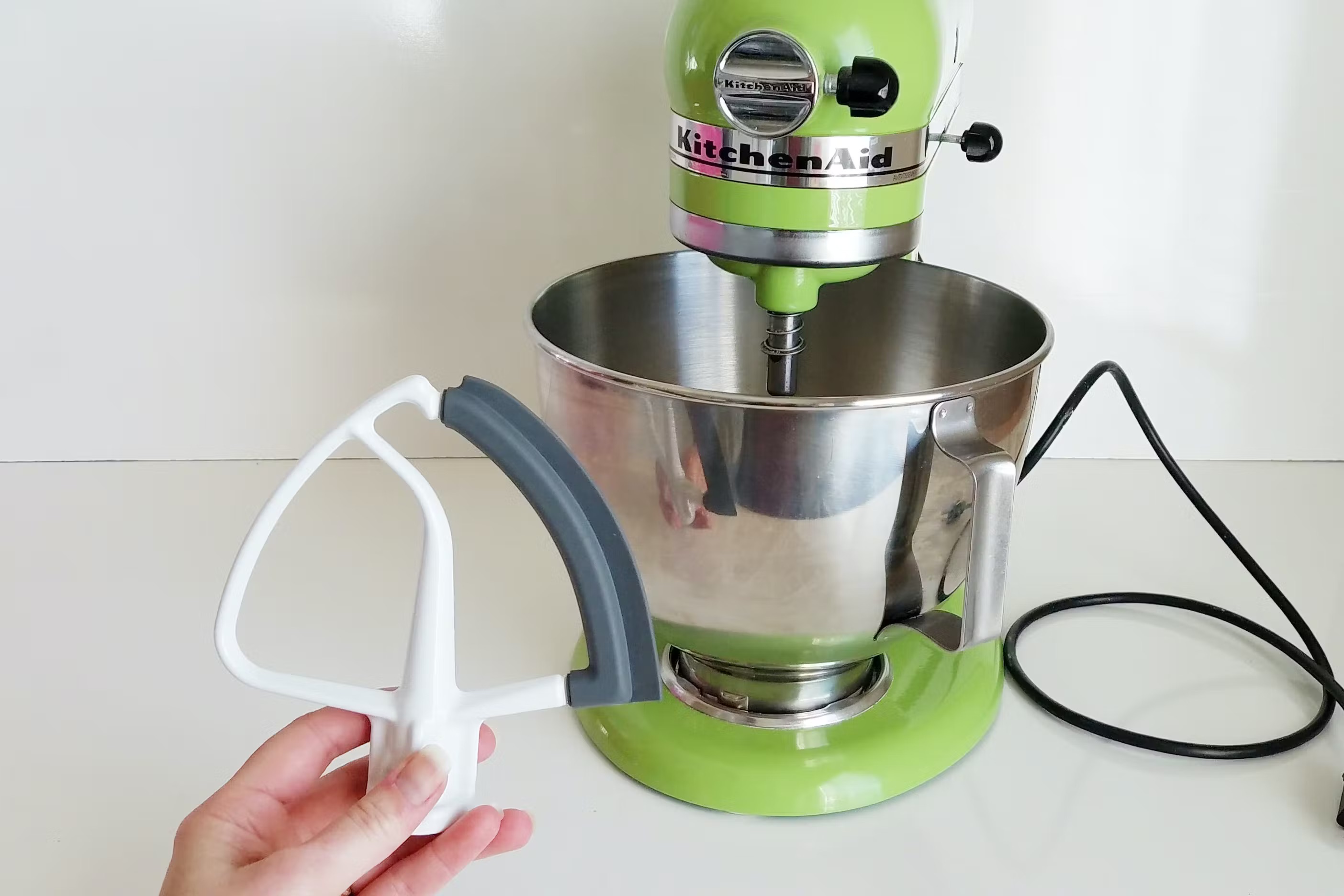
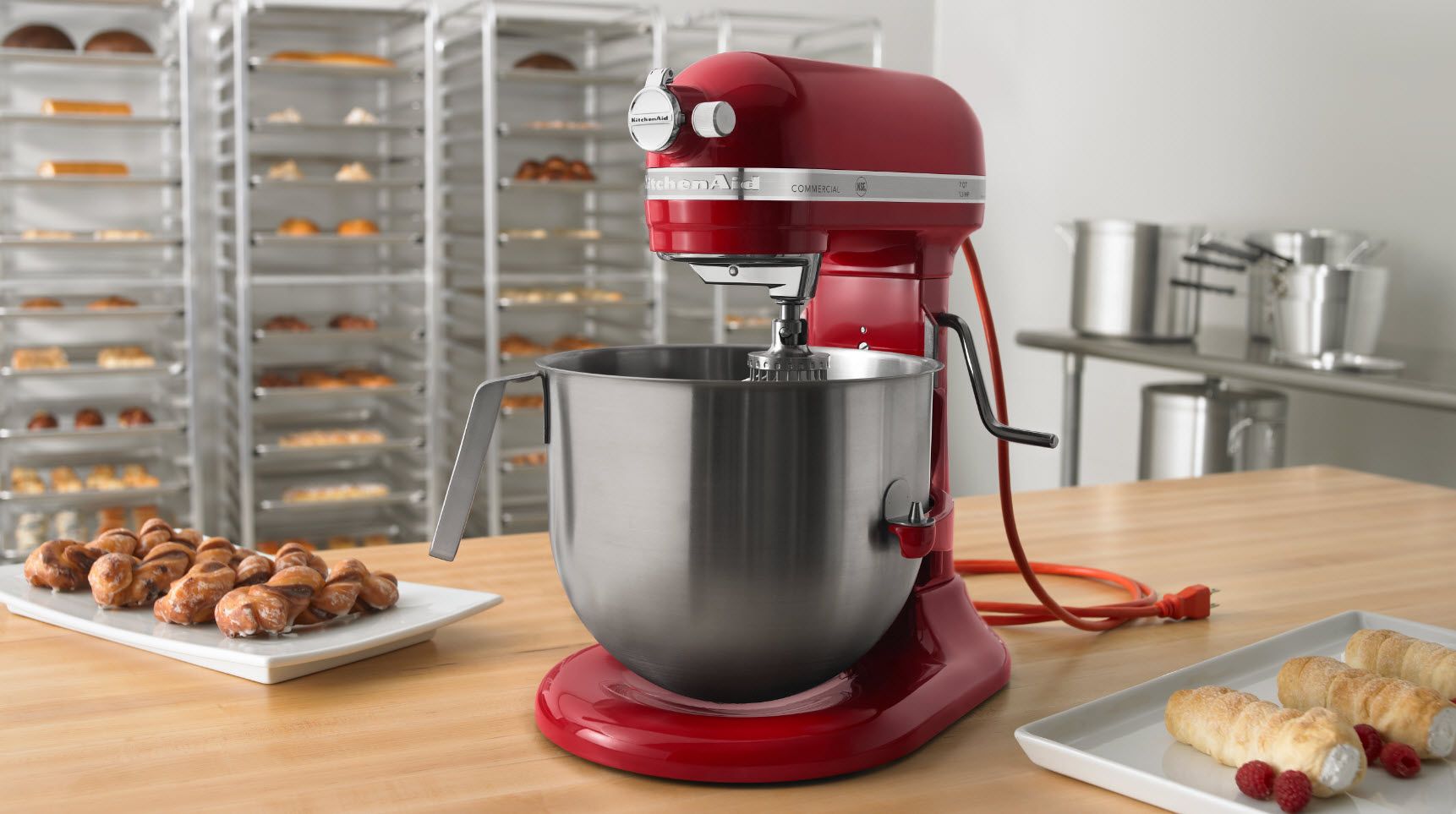
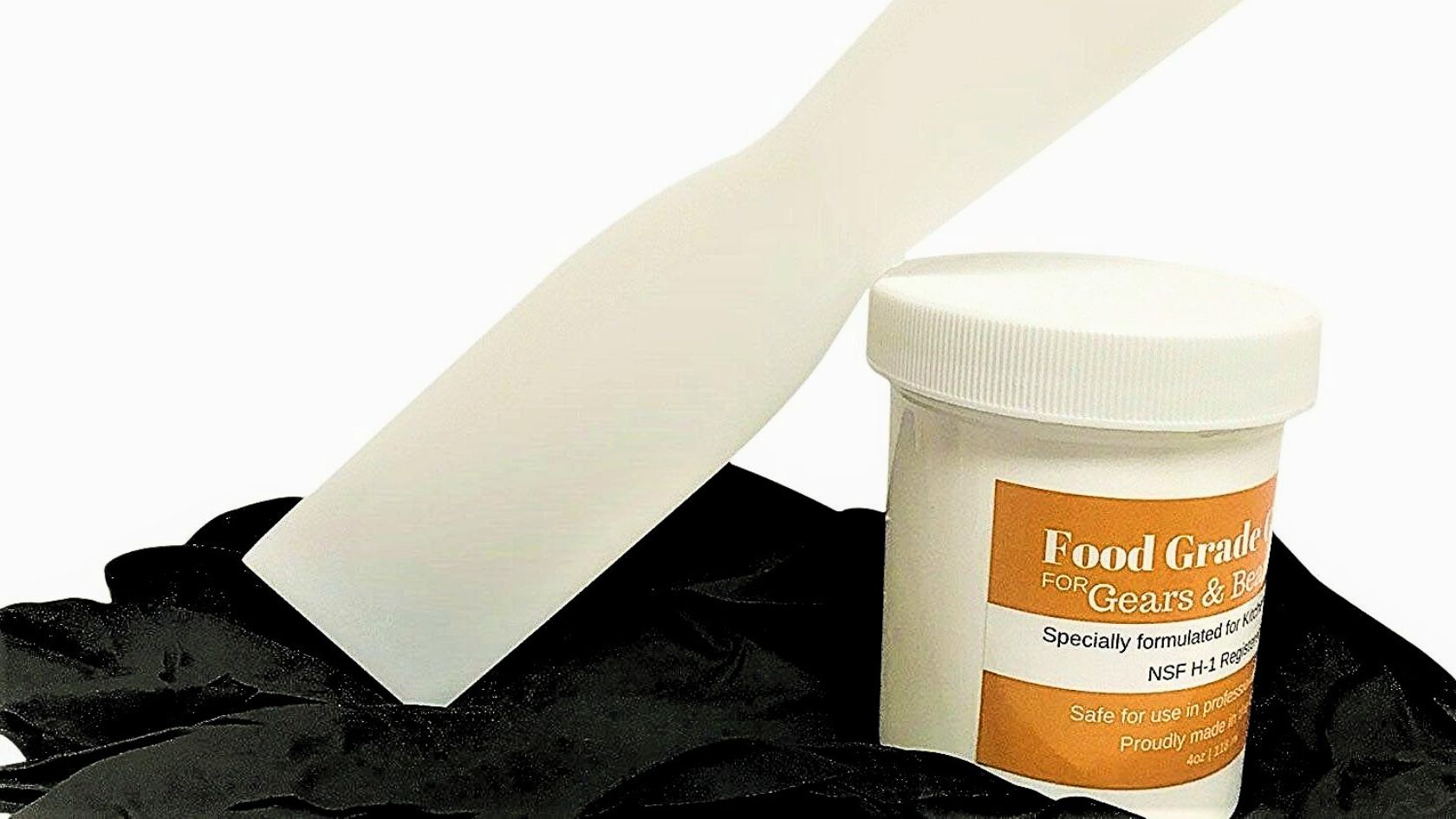
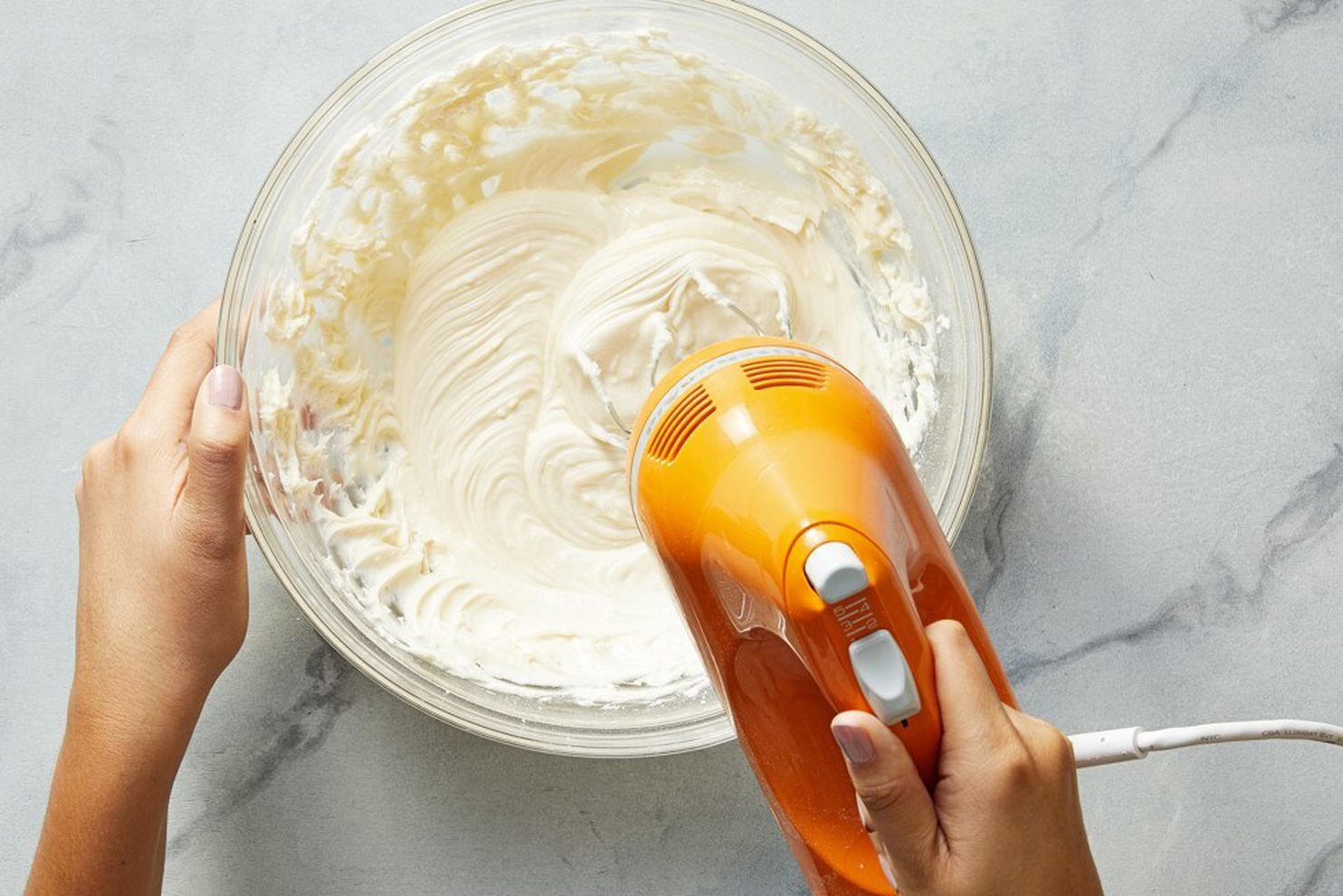
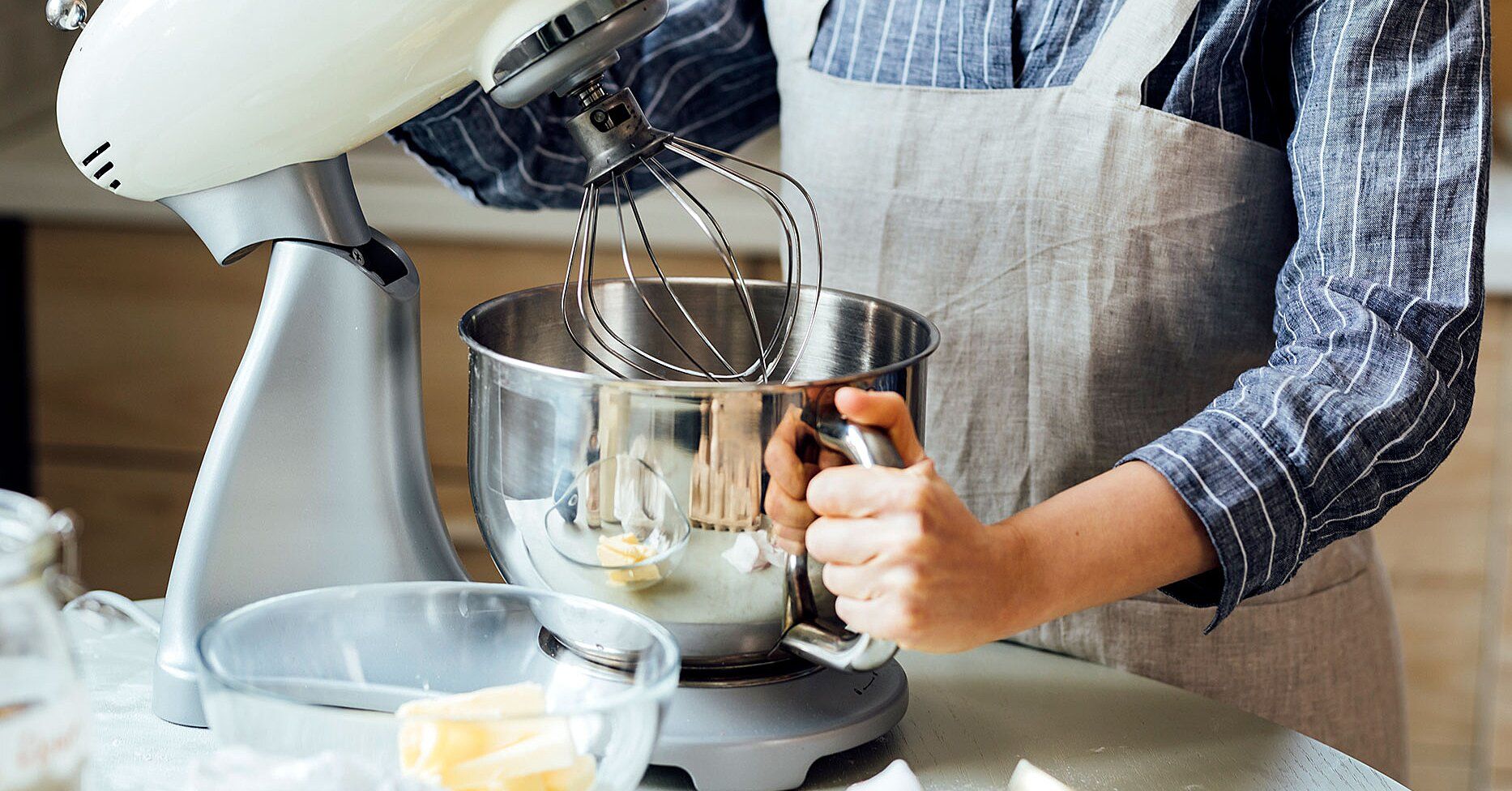
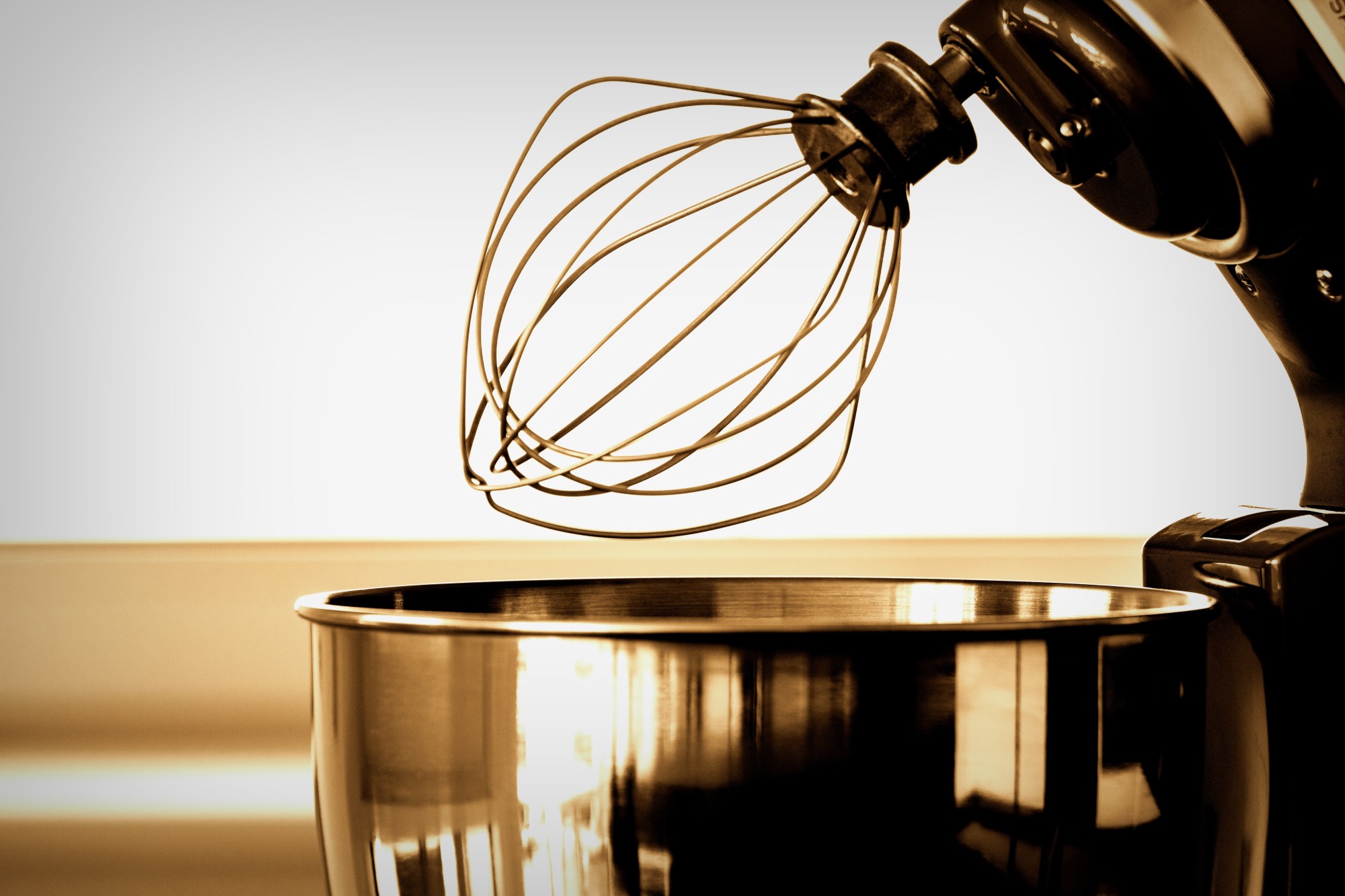
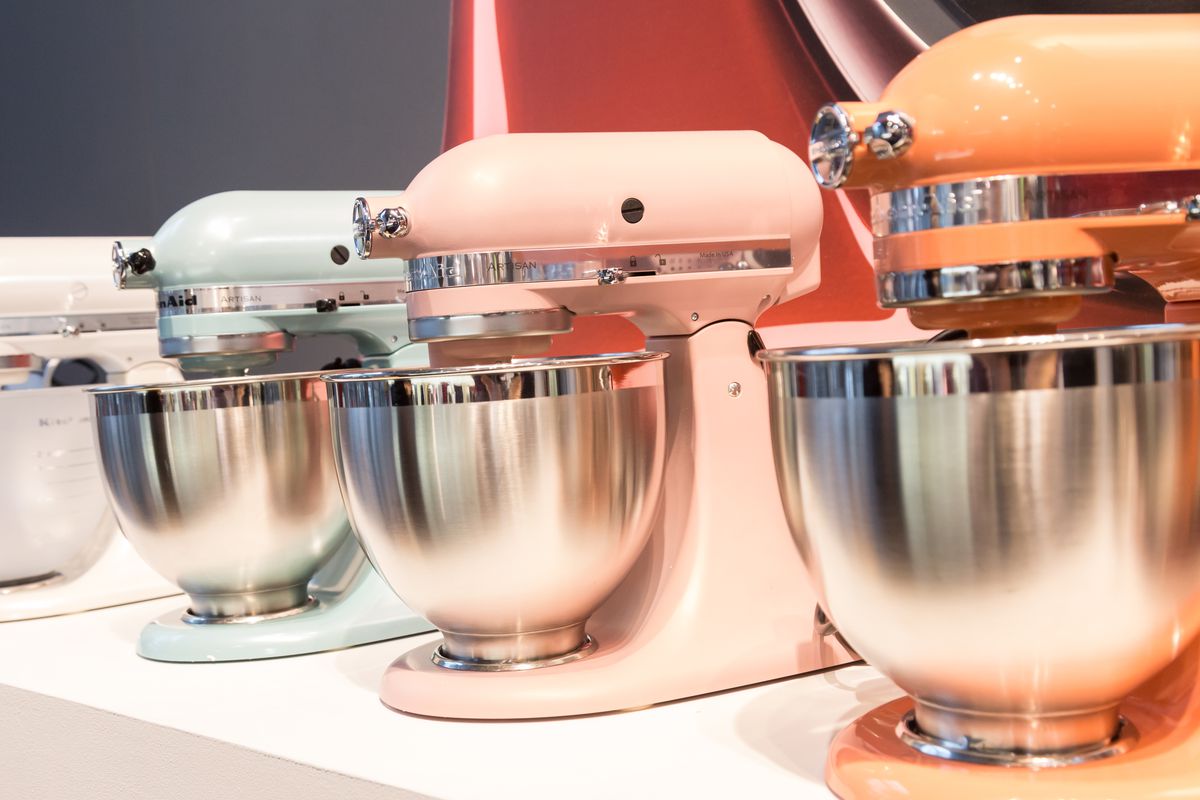
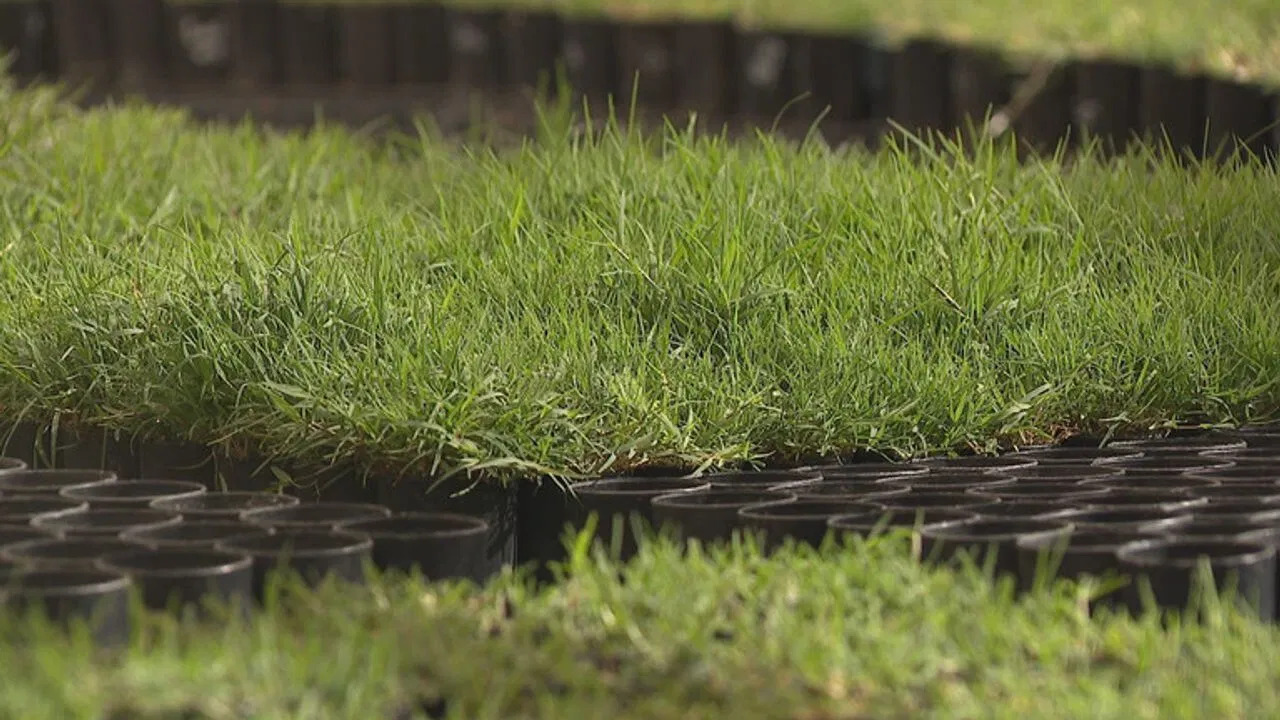
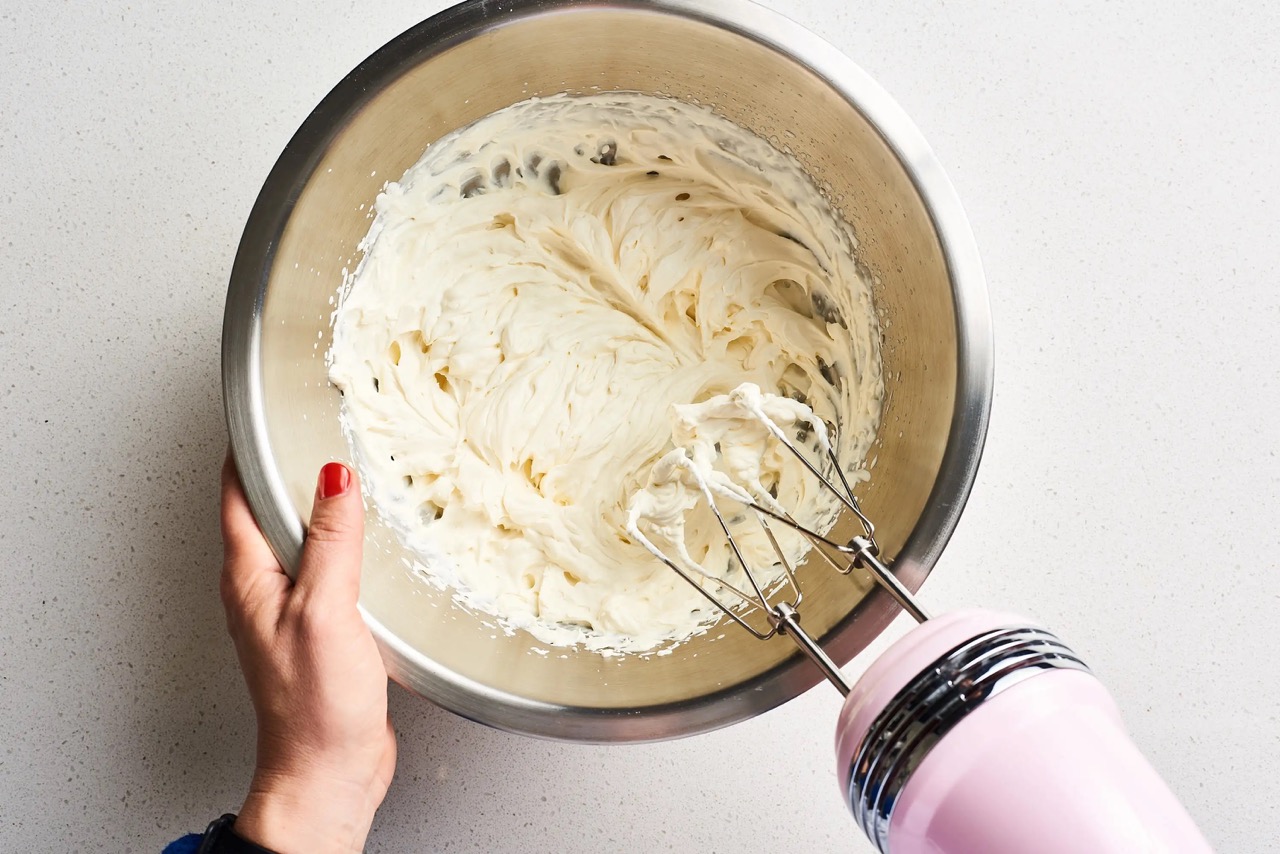
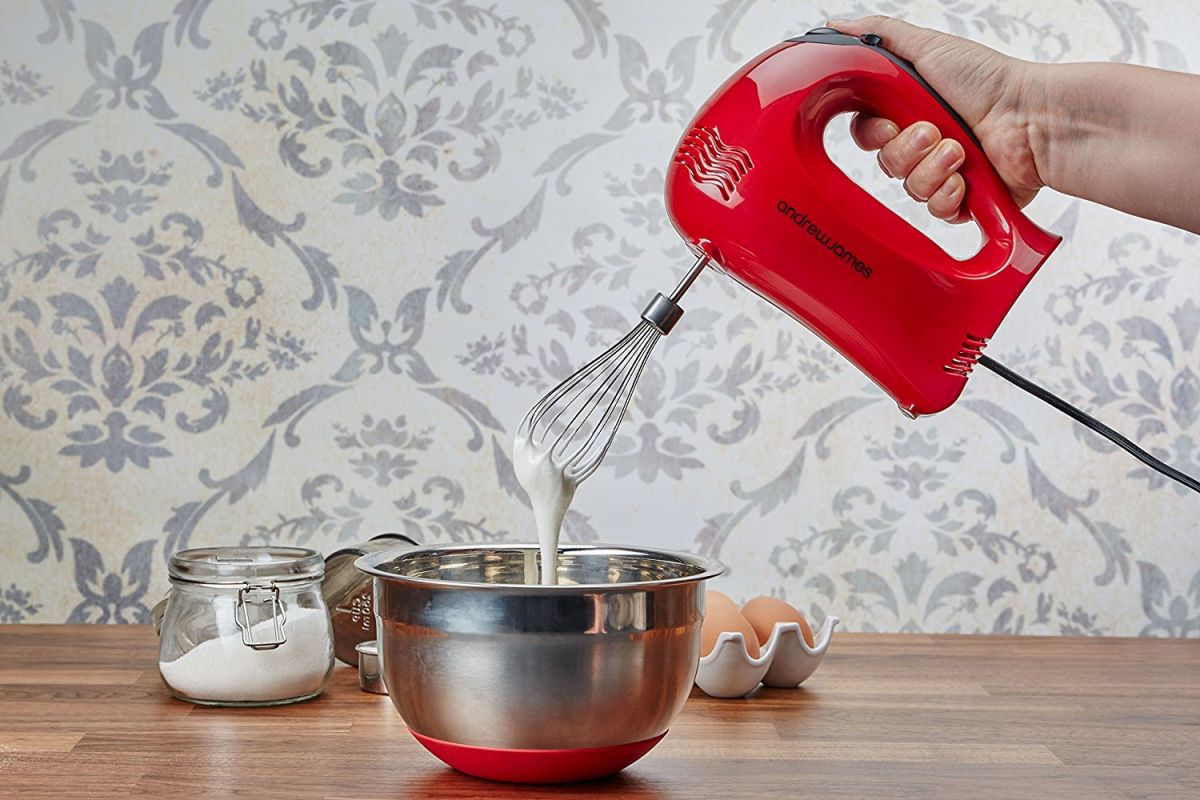
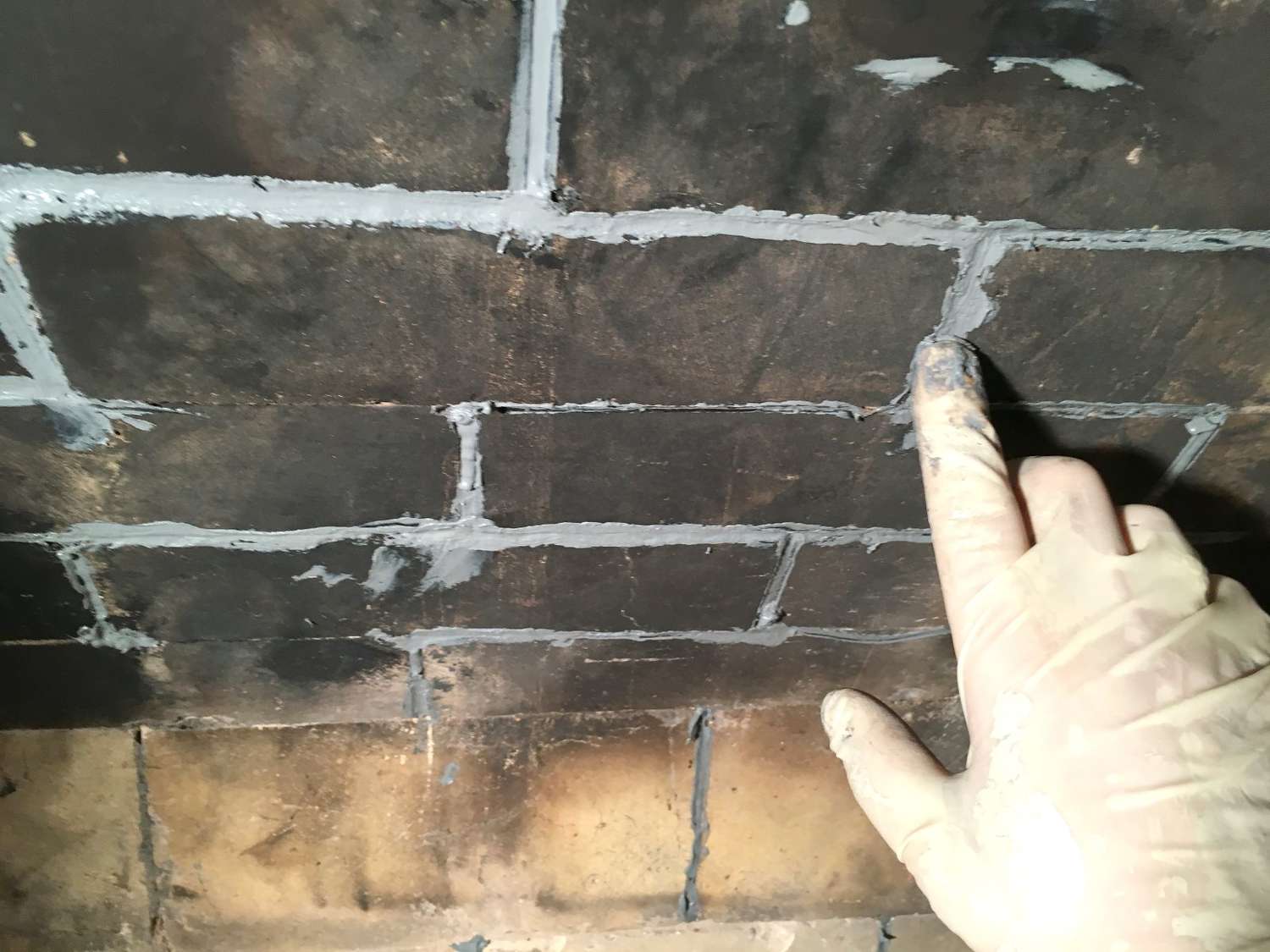
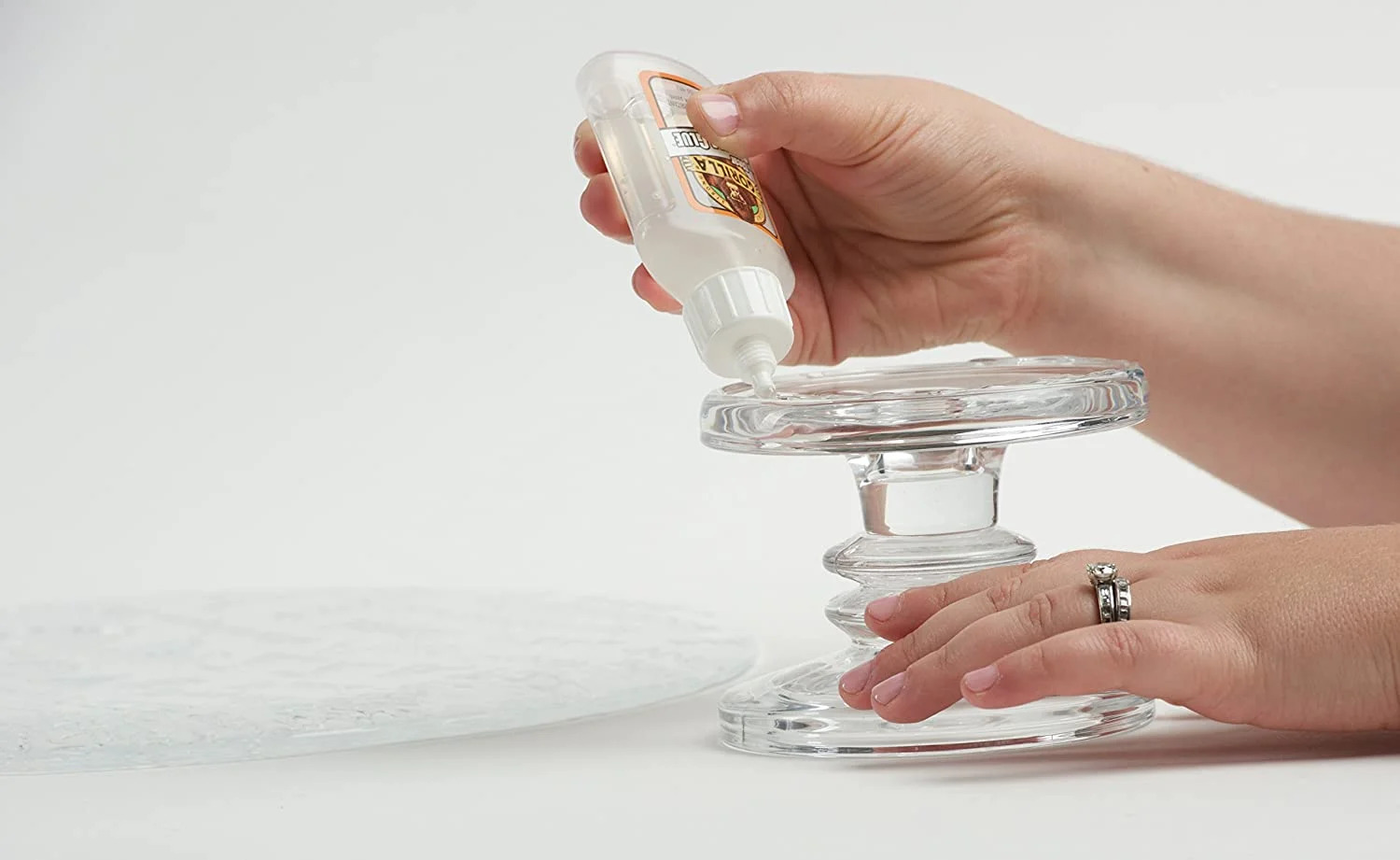
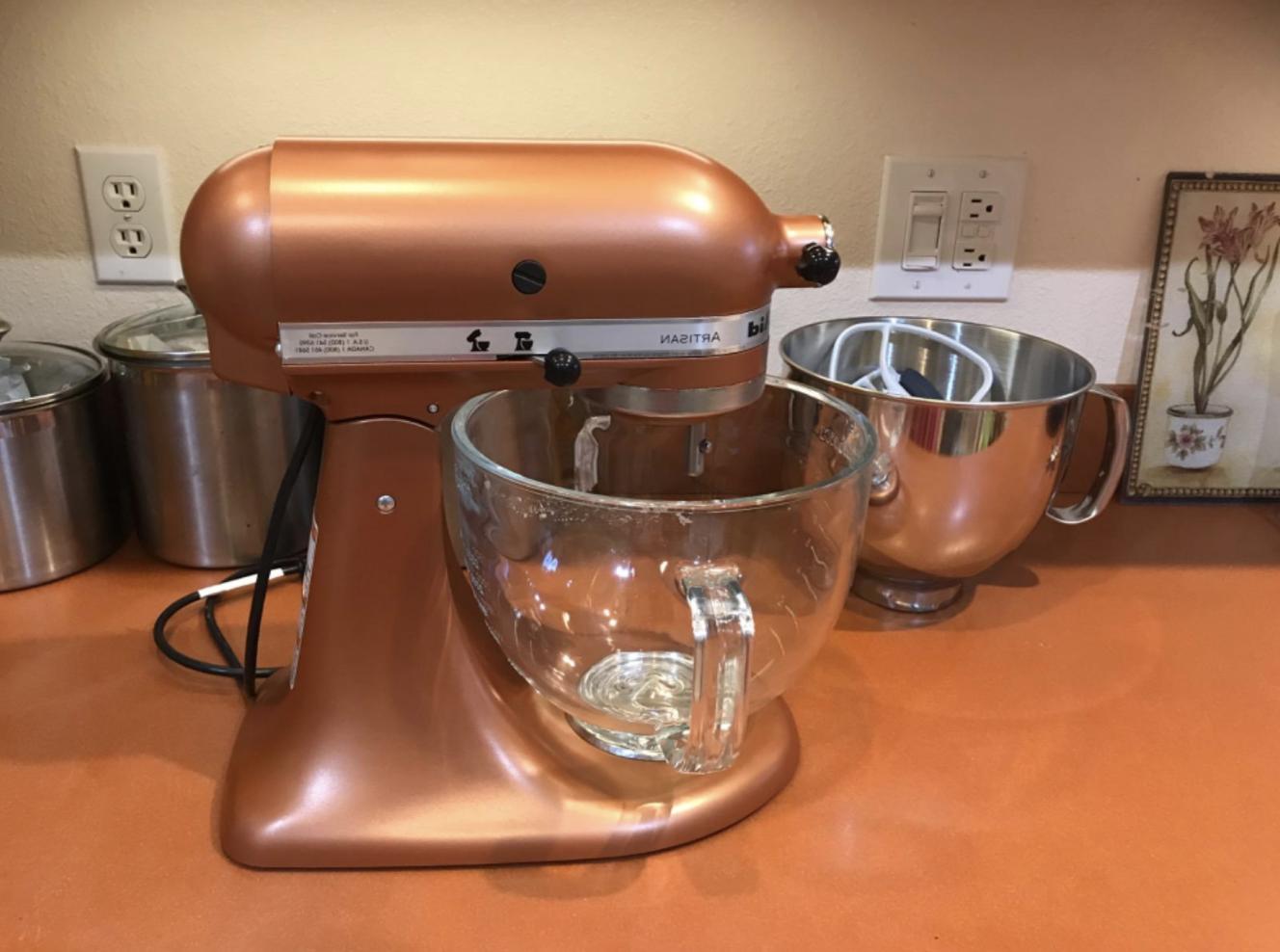


0 thoughts on “What Kind Of Bowl To Use With Hand Mixer”